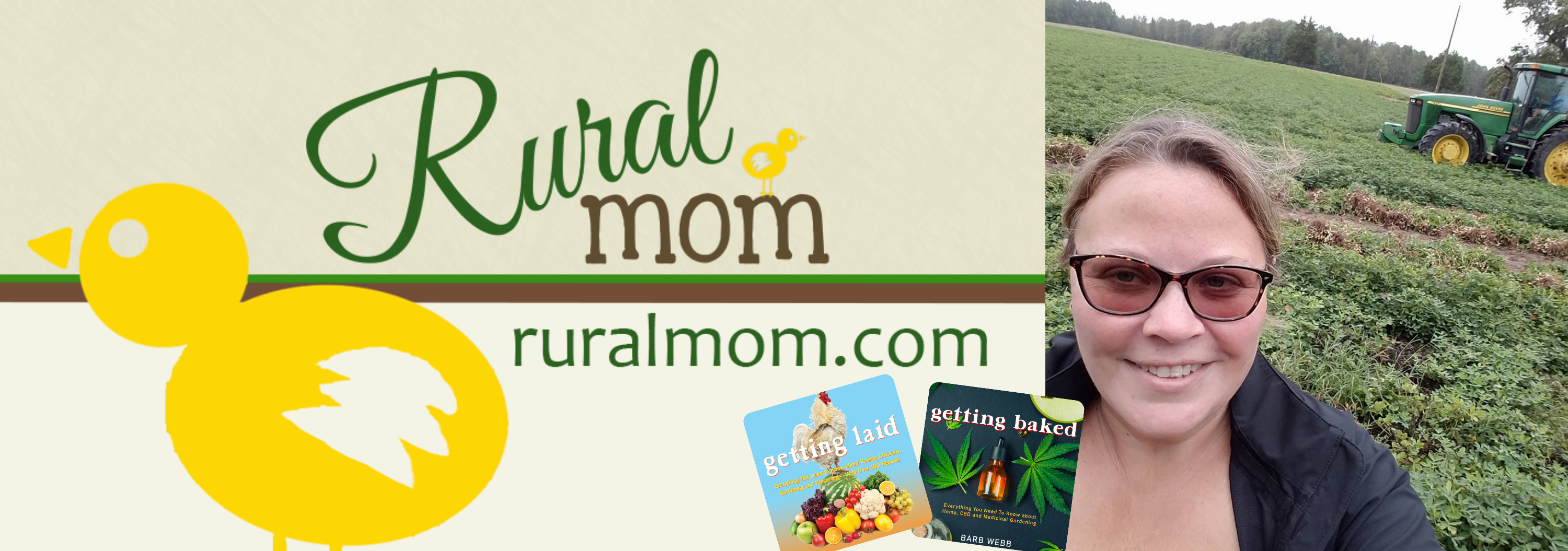Why Choose Sustainable Pest Control?
Sustainable pest control methods are increasingly popular among homeowners and gardeners to protect their living spaces, loved ones, and the environment. Traditional pesticides pose risks such as contamination of drinking water, wildlife disruption, and air quality. Responsible pest management offers long-term protection without negative side effects, promoting the health and sustainability of local ecosystems, pets, and children.
Today’s focus on eco-friendly pest control methods creates a noticeable shift in household routines and landscape care. The approach prioritizes prevention, early intervention, and targeted responses over broad chemical use, making it environmentally responsible and effective. It integrates natural tools like biological barriers, pheromone traps, and routine maintenance, reducing reliance on harmful sprays and focusing on maintaining a healthy environment.
Understanding Integrated Approaches
Integrated pest management (IPM) is a holistic approach that prioritizes safety and effectiveness over harsh tactics. It involves regular monitoring, accurate pest identification, and careful selection of minimally disruptive interventions. Chemical treatments are a last resort for maximum pest impact but minimal harm to people, pets, and wildlife.
IPM avoids pesticide resistance, which occurs when insects and weeds adapt to chemical assaults. It also focuses on long-term solutions, such as fixing leaky pipes and pruning shrubs. IPM adapts to changing conditions, allowing flexibility and sustainable control with minimal environmental impact.
Common Household Pests and Eco-Friendly Remedies
If left unchecked, pests like ants, spiders, cockroaches, silverfish, and mice can cause health hazards. Eco-friendly solutions like sealing cracks, door sweeps, and window screens can prevent entry. Regular vacuuming, cleaning up crumbs, and household staples like vinegar, baking soda, and soap sprays can help control infestations. Diatomaceous earth, made from fossilized algae, can be cut into insect exoskeletons and remains harmless to humans and pets. Many of these approaches are part of broader natural pest control solutions that reduce reliance on chemicals while promoting safer living environments. By combining these tactics, homeowners can protect their loved ones and crops.
Creating a Pest-Resistant Environment
Prevention is a crucial aspect of sustainable pest control. By making your home and garden inhospitable to pests, you can significantly reduce the chances of infestations. Indoors, decluttering storage spaces, emptying trash bins, and sealing pet food can deter rodents and insects.
Outdoors, strategic landscaping choices like native and pest-resistant plants, mulch, gravel strips, stone borders, trimmed grass, compost piles, and companion planting can provide additional protection. These practices reduce the need for crisis pest treatments and foster a healthier, more resilient home and landscape.
The Role of Professional Guidance
Pest problems can escalate beyond DIY fixes, especially with stubborn insects or larger animals. Integrated pest management professionals can identify root causes and eliminate current issues. Their detailed inspections involve habitat assessment, pest identification, and risk evaluation.
They keep up with the latest science and regulations, ensuring safe, legal, and effective interventions. Eco-conscious monitoring programs, such as pheromone traps and responsible baits, minimize risk to beneficial species or pets. Regular check-ins and advice ensure peace of mind and sustainability in pest management.
Discover more from Rural Mom
Subscribe to get the latest posts sent to your email.



